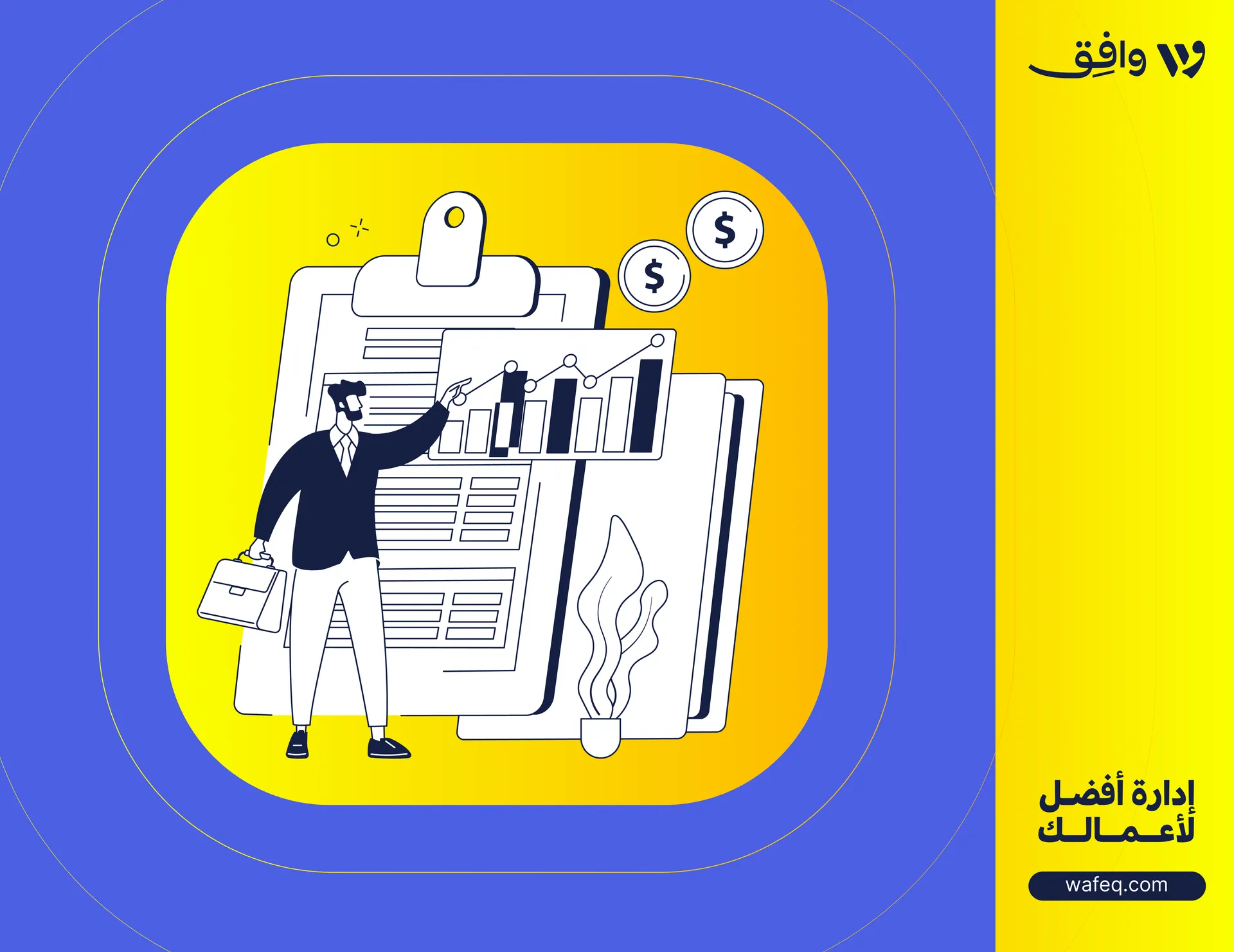Cost Competitiveness In Business: How To Win The Race

No business can completely avoid the effects of rising expenses. Additionally, most managers have developed coping mechanisms for how inflation affects current operational costs. Few, however, have taken it into account in their business plans. Furthermore, the majority of managers, especially those in capital-intensive companies, have not given enough thought to how rising capital needs influence their capacity to compete in the long run. With a few tricks, however, your costs and prices can stay competitive—find out all below.
The Cost Competitiveness Trap Explained Using An Example
The managers of the fictitious firm Wasslak got into the practice of boosting prices to protect profit margins and meet rising costs during years of protracted inflation. (We refer to a group of businesses together as Wasslak.) Wasslak felt confident in its plan after realizing that all of its competitors were compelled to act similarly.
The Issue: Deflationary Conditions
After that, market demand slowed, deflation started, and a severe recession started. There was a buyers' market. Because its competitors were actively utilizing price as a tool to acquire market share, Wasslak couldn't rely on price increases to pay its still slowly rising expenses. Instead, these competitors were volume-conscious. Wasslak's earnings decreased while those of the others increased.
To make matters worse, Wasslak's competitors stopped supporting industry-wide price rises; even when they were necessary, they postponed or reduced their price increases compared to Wasslak.
The Takeaways From The Example
Wasslak fell right into a trap of aggressive pricing. Managers at the corporation thought that the competition had a cost edge. They contemplated making investments to create new, cost-competitive plants or modernizing existing ones in order to catch up.
Wasslak could only hope to get an attractive return on its investment by selling items at prices much above the current rate—price ranges that its competitors could continue to beat. However, the capital investment requirements for such buildings were so high.
First And Foremost: Strategic Cost Analysis
The first step is to assess your shifting cost economics from the early stage to the final price paid by the ultimate consumer because inflation impacts each firm in an industry differently.
This entails creating a value chain, a graphic that reveals changing cost components and displays the value added at each stage of the entire market process. The next step is to evaluate long-term changes in your rivals' cost positions in comparison to your own. Finally, you take into account how future inflation will affect your expenses as well as those of the competition.
If you want to become the low-cost producer in the sector, concentrate your sales efforts on a certain area of the market, or set your product apart from those of your rivals, this type of analysis provides the background for developing an effective defense strategy to help you bypass (or escape from) the competitive pricing trap.
Continue The Solution: Differentiate Like Nobody Else
If you rely on a differentiation approach to capture market share, rising capital expenditures will have a significant negative impact on your business. Customers will only spend so much more for a product that is finer than that of competitors.
The customers may eventually be drawn to a less expensive, more generic offering. Containing new expenditure commitments that are impacted by increased capital costs is crucial.
How To Differentiate Efficiently For Cost Competitiveness
To the extent you can, you must attempt to change the foundation for your distinction from factors affecting operational costs to those affecting advertising, service, inspection processes, and manufacturing craftsmanship.
If it's impossible to achieve this and you must continue to base your strategy on your product's superior performance, you must ensure that the costs of purchasing the new plant and equipment required to make your product the superior performer can be offset by performance improvements that will preserve your customers' preference for your product and thwart their natural motivation to switch to a less expensive substitute.
Otherwise, a cost-leadership approach will prevail over a strategy focused on the performance-based distinction.
Read more about Variable Cost vs. Fixed Cost.
Important: Double-Down On A Certain Niche
A corporation with relatively contemporary facilities and sufficient capacity may likely find it competitively beneficial to utilize a focus strategy and concentrate on specific groups of customers in a sector where new fixed assets or capacity increases are costly.
A small client base reduces the need for capacity development and protects the business from the expense of rising capital needs. The corporation may devote pricey manufacturing capacity to its most desirable products and market niches by constricting the product line.
Both a better cost position and "trading up" the usage of existing capacity can result in higher profitability. Such a focus narrows corporate attention on maximizing the utilization of already available capacity and tightly aligns strategic objectives with the economic imperative to increase the revenue productivity of costly capital assets.
The Conclusion: Think About Strategic Realignment
The key takeaway from this research for companies developing their strategies is that they must closely align their plans with the long-term changes in the cost economics of their respective industries.
By reducing the impact of inflationary cost pressures on the company's strategy, managers may gain a competitive edge by proactively considering the long-term consequences of short-term cost rises.
Making a succession of short-term price adjustments to meet steadily growing costs is not intrinsically bad, but failing to understand why and how the strategy must respond to virtually likely unequal cost changes across competing firms is a fatal error. Even if they start off tiny, cost inequalities can eventually lead to significant changes in cost competitiveness and competitive advantage.
A strategic understanding of the current cost structure, how the structure changes, and the consequences for creating a sustainable competitive edge is necessary to avoid price traps. A business that emphasizes long-term strategic positioning succeeds—don’t hesitate, go, and try to apply what you have just learned.
Run your business better
Don't worry about your accounting with Wafeq where you can keep all your expenses and revenues on track, manage payroll and inventory, plus generate over 30 financial reports from one place.


.png?alt=media)









